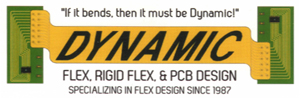Adhering to IPC standards for printed circuit board design can improve and contribute to the robustness, reliability and durability of the product. Also, used with other standards, it can reduce the levels of electromagnetic contamination and help pass the tests and certifications sold in international markets. It also helps design and manufacture a printed circuit board faster and with less expense, by learning from others’ experience.
(more…)Posts tagged "Printed Circuit Board Design"
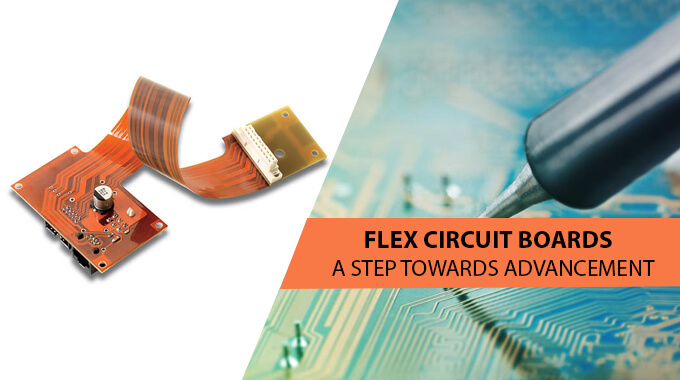
Flex Circuit Boards
Flex Circuit Boards – A Step Towards Advancement
Technological advancements of the modern world are fascinating–their precision and accuracy are wonders of the human brain. Advanced circuit systems have revolutionized the world around us. For example, the technology used in the latest machinery uses advanced mechanisms and techniques.
(more…)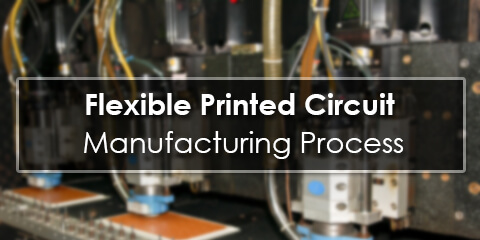
FPC Manufacturing Process
Flexible Printed Circuit Manufacturing Process
FPC flex circuit design
The wide application and development of flex circuits are due to its remarkable advantages. First, the good quality, lightweight, tiny volume, and agile structure of flex circuits satisfy the requirement of modern electronic products.
Second, FPC flex circuit design can stretch out to three-dimensional space, improving the freedom of mechanical structure design and circuit design. These advantages not only reduce the workload of the assembly errors and the whole machine but also improves the stability and reliability of the electronic equipment system as a whole.
(more…)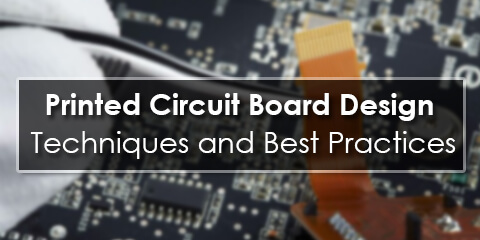
PCB Design Techniques and Best Practices
Printed Circuit Board Design Techniques and Best Practices
Printed circuit board/Printed circuit boards
By definition, a printed circuit board (or PCB) electrically connects and mechanically supports electrical components or electronic components using pads, conductive tracks, and other features etched from one or more sheet layers of copper laminated between or onto sheet layers of a non-conductive substrate.
(more…)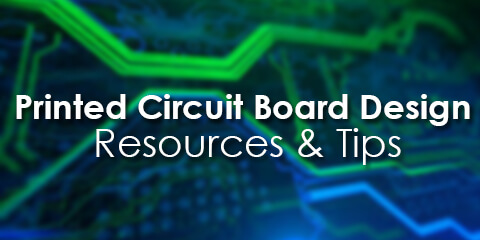
PCB Design Resources & Tips
Printed Circuit Board Design Resources & Tips
Printed circuit board/boards
By definition, a printed circuit board (or PCB) electrically connects and mechanically supports electrical components or electronic components using pads, conductive tracks, and other features etched from one or more sheet layers of copper laminated between or onto sheet layers of a non-conductive substrate.
Generally, components are soldered onto the PCB to both mechanically fasten and electrically connect them to it.
The alternatives to PCB comprise point-to-point and wire wrap construction, both once popular but now rarely used. PCBs require additional design effort to lay out the circuit, but assembly and manufacturing can be automated.
(more…)